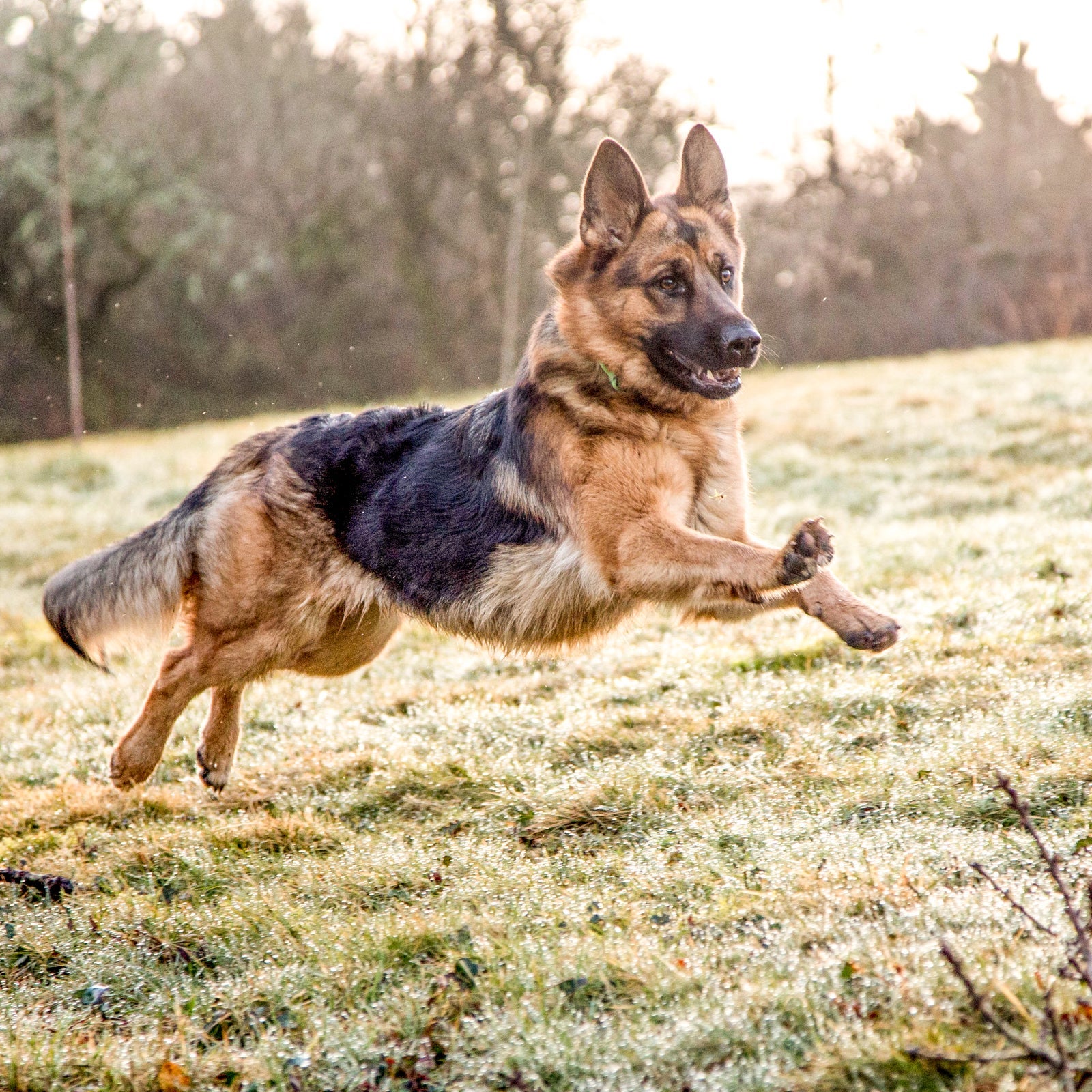Effective puppy Training techniques for your dog’s growth.
Master Vital Commands: Effective Canine Training Facilitated
Effective dog training is an essential facet of accountable pet possession, and mastering essential commands offers as the structure for an unified connection in between trainer and pet dog. Recognizing the subtleties of canine habits and the training procedure is essential; nonetheless, the journey to a trained canine typically presents unforeseen hurdles that need focus.
Understanding Your Pet dog's Behavior
To realize the nuances of effective canine training, it is vital to break down and analyze your pet dog's behavior. Dog training. Recognizing the inspirations behind your pet's activities is crucial; habits can originate from instinct, anxiety, enjoyment, or a wish for focus. By observing your pet in different circumstances, you can determine patterns that might suggest underlying emotions or demands
As an example, a pet that barks excessively might be expressing monotony, anxiety, or a demand for social interaction. On the other hand, a pet that shows damaging actions could be looking for stimulation or remedy for stress. Identifying these triggers allows you to tailor your training strategy effectively.
Furthermore, it is important to consider the pet's type attributes, as they can affect actions considerably. Some breeds are inclined to particular traits, such as herding or safeguarding instincts, which can affect their responses to certain stimulations.
Lastly, uniformity in your actions to your canine's behavior promotes a far better understanding between you and your pet dog. This shared understanding is foundational for developing trust fund and helping with an efficient training process that supports both behavior modification and favorable reinforcement.
Crucial Commands to Instruct
Teaching vital commands is an essential element of reliable pet dog training, giving the foundation for a mannerly and responsive family pet. These commands not just boost communication in between the owner and the canine yet likewise make certain safety in various atmospheres.
The most vital commands consist of "Sit," which urges your canine to remain stationary and tranquil; "Stay," which reinforces the idea of remaining in one place until released; and "Come," which is crucial for recalling your dog from potentially harmful scenarios. "Down" teaches dogs to relax, advertising leisure and control, while "Leave it" assists stop pet dogs from getting unsafe or undesirable items.
" Heel" is one more vital command that encourages your pet to walk carefully close to you, boosting leash manners. "No" offers as a crucial boundary-setting command, helping to remedy unwanted actions.
Training Strategies for Success
Efficient canine training counts heavily on using a selection of techniques that provide to both the dog's knowing style and the proprietor's training goals. One vital technique declares reinforcement, which entails gratifying wanted habits with treats, appreciation, or play. This method urges the pet to repeat those habits, fostering a solid bond in between proprietor and family pet.

Another reliable technique is remote control training, where an unique audio, made by a remote control, marks the exact minute a dog carries out a preferred activity. This precise timing helps canines link the actions with the benefit, boosting their understanding.
Uniformity is essential in all training techniques. Establishing clear commands and keeping the exact same signs helps the canine understanding assumptions a lot more rapidly. Additionally, short, appealing training sessions stop boredom and rise retention.
Integrating socialization possibilities is likewise crucial. Exposing pet dogs to various atmospheres, individuals, and other pets helps them develop self-confidence and versatility.
Lastly, persistence plays a considerable duty in successful training - Dog training. Each canine learns at their very own pace, and understanding this can cause an extra delightful visit this site training experience for both the proprietor and the pet. Implementing these strategies will set the foundation for efficient pet training
Typical Obstacles and Solutions
In spite of the finest training techniques, pet dog owners frequently encounter usual difficulties that can hinder development. One widespread concern is disparity in commands and signs. When household participants utilize different commands for the very same habits, it confuses the pet, leading to irregular reactions. The remedy Visit Website hinges on establishing a unified technique among all relative, making sure that everybody utilizes the very same terminology and signals.

In addition, some pet dogs might show stubbornness or lack inspiration. This can typically be resolved by incorporating favorable reinforcement methods, such as treats or praise, to urge wanted habits. Customizing incentives to what your dog discovers most motivating can significantly enhance their involvement.
Lastly, concern or anxiety can hamper development in training. Acknowledging indications of tension and adjusting the training pace appropriately is vital. Utilizing gradual exposure to feared stimulations can assist construct confidence in time, promoting a more reliable training experience.
Maintaining Consistency and Perseverance
Uniformity and perseverance are critical in dog training, as they form the foundation for attaining enduring behavioral modifications. Pet dogs grow on regular and clear assumptions; therefore, keeping a regular technique in commands, incentives, and adjustments is essential.
Equally crucial is the role of patience. Training a pet dog is not an immediate procedure; it needs time and repeating. Canines, a lot like human beings, have differing discovering paces and may not understand commands quickly. Instructors have to identify this and continue to be tranquil, supplying motivation as opposed to disappointment. Favorable reinforcement plays a critical duty here, fulfilling preferred habits and assisting to cultivate a trusting relationship between the pet dog and trainer.
Conclusion
Mastering vital commands is essential to reliable canine training, fostering enhanced interaction and enhancing favorable behaviors. The application of positive reinforcement techniques, combined with uniformity and patience, dramatically improves the training experience for both my website the pet and trainer. Addressing usual difficulties with useful services additionally sustains the training process. Inevitably, a well-trained canine not only shows etiquette but additionally creates confidence, adding to a harmonious partnership in between the pet and its owner.